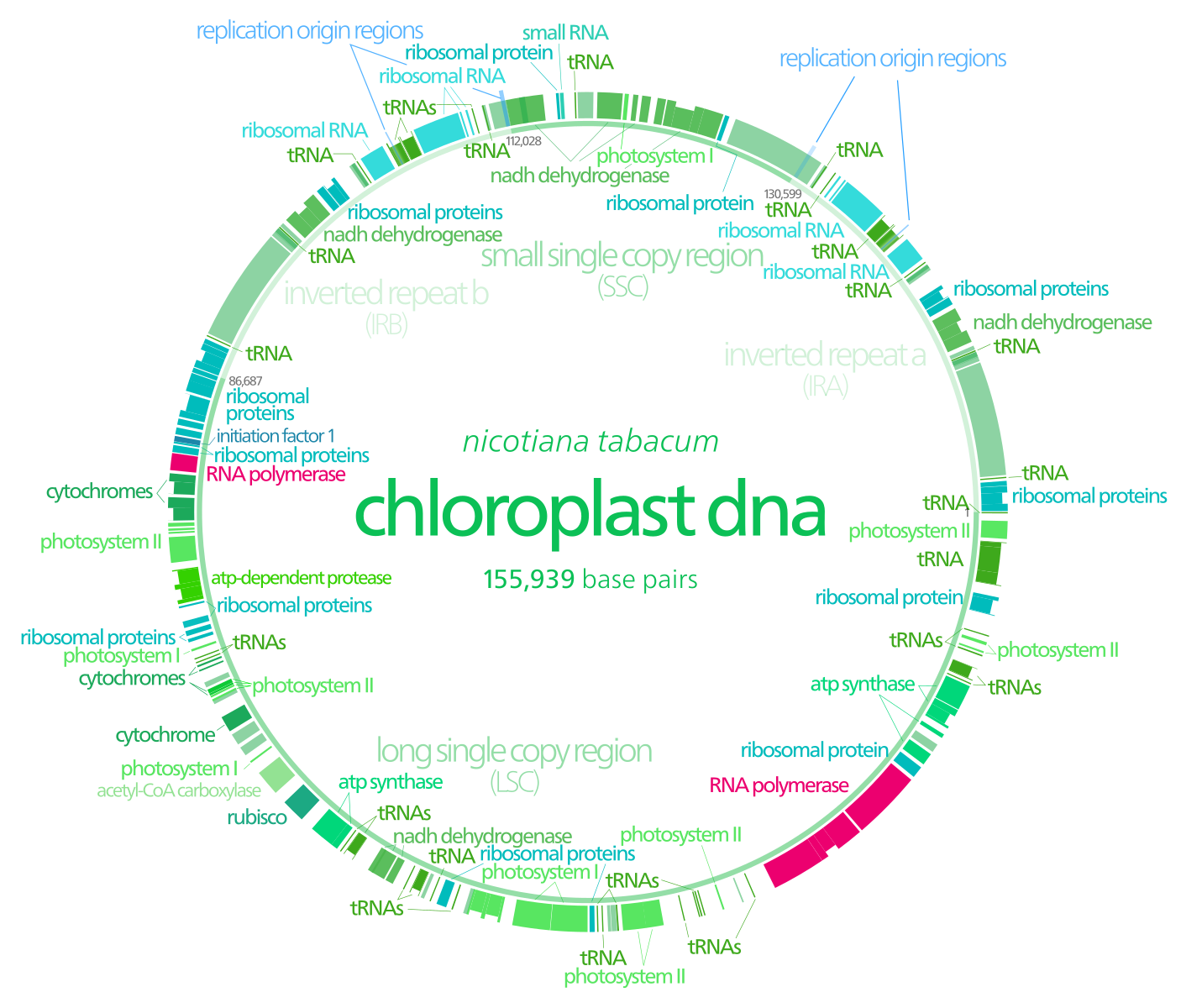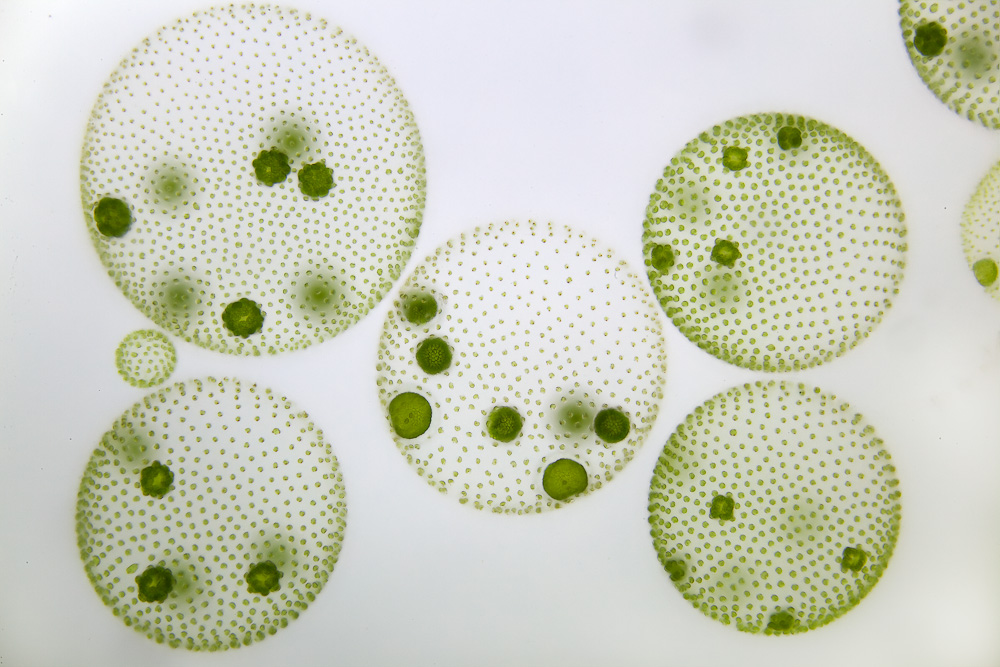DIY Biology experiments:
Two different kinds of culture mediums were made in order to take samples and discover what types of bacterias were inhabiting.
DIY Auxitic Lactobacillus 2 - Medium. We used Agar, Tomato juice and Bovril sauce to create the medium. I divided the culture medium in two to see different outcomes of the experiment. On one side, I put some of my usual morning breakfast Yogurt, which was sheep milk yogurt with banana and some nuts. I believe the outcome of this sample would be fruitful due to the high amount of lactobacillus bacteria that usually inhabit in yogurt.We would probably find some probiotics and other kinds of fungi that are used to ferment milk in order to make yogurt.While on the other side I put a sample of my saliva that I took from my tongue. We would probably find many kinds of oral bacterias that inhabit our mouth. I didn’t have any food or coffee before taking the sample, so it might be a bit more difficult to find lactobacillus bacteria in it.
DIY Yeast all purpose - Medium.
I put a sample of my hair, but it doesn't have the follicle. It is just half of a hair. I'm not sure we will find many bacterias for that reason, but if I think about it I'm always touching my hair and I came cycling to school so the particulars in the air could’ve been attached to it. So if we are lucky I will see some little guys growing there.
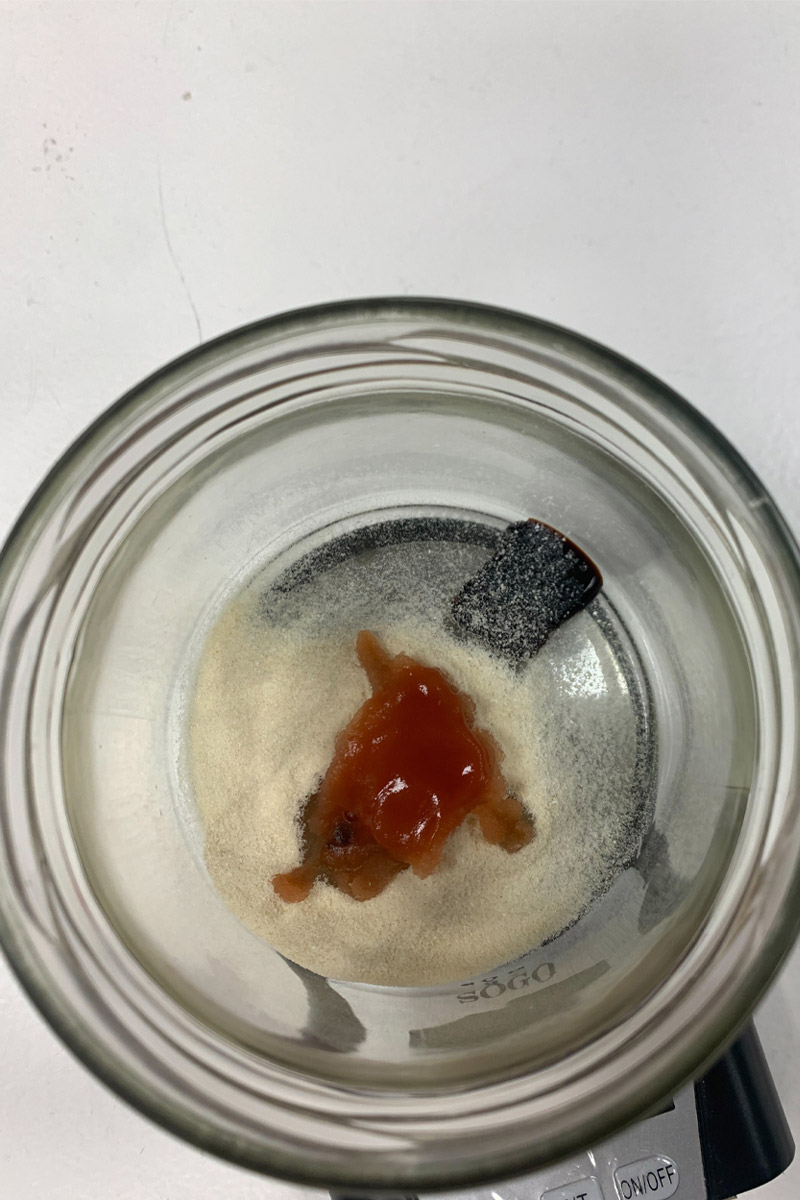
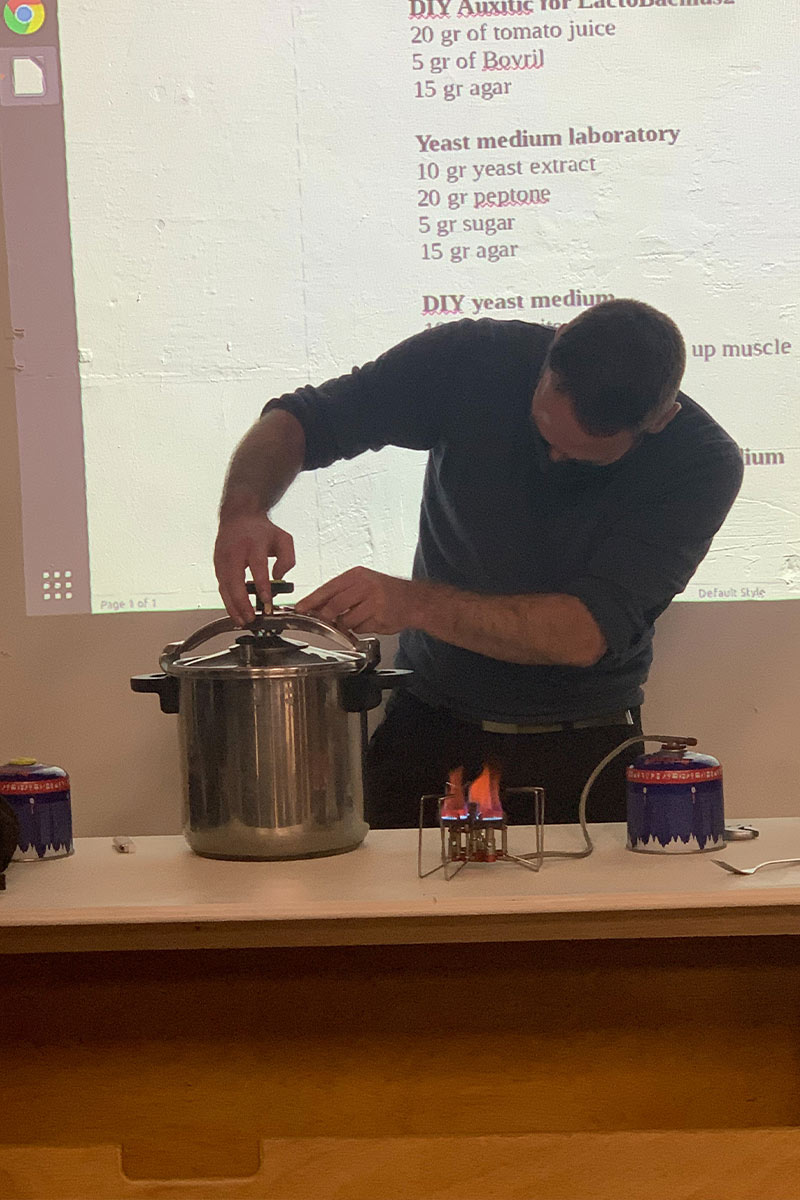

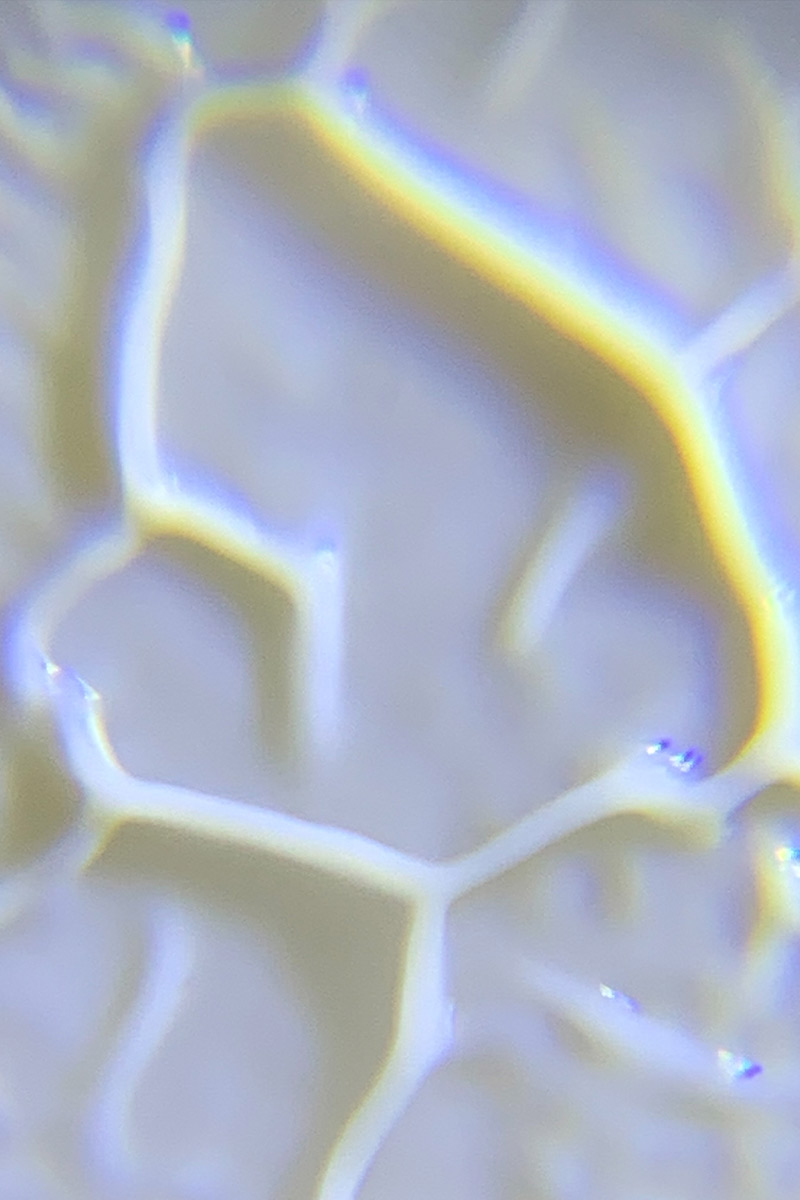
During Bio zero we had to absorb a lot of information, some of it sounded completely new and some was reviving knowledge from school. I realised that I knew many things from my family members and how I'm been always driven by science world. I believe we've been taught that science is only for master minds, and some how I was scared to be a scientist because it was just way too complex for me or that I wouldn’t be capable of doing it. I've really enjoyed the approach that Nuria and Jonathan brought onto the field. Make science accessible for all and open sourced really resonated in me. Understanding that science is everything, we are science. As living beings we shared a common ancer
It's all about finding a common ground between art and science.
And how new perspectives into the science look would eventually complete the system view. Biotechnology Scientific biology take the knowledge from engineering point of view into biology. I felt that I can create new designs having in account all this information and that I don’t need to be an expert on the field to do it, being passionate about it could be enough.
Design a Genetical Mutation
With the aim of thinking of ways to help solve the problem of the excess of co2 in the atmosphere and even produce and store more energy in our bodies. I started to think about the possibility of introducing the protein of chloroplast in human skin cells in order to be able to do the photosynthesis.
Would photosynthesis be possible for human skin cells?
Can we develop a material that would be used in a removable implant for humans?
Why not create a new kind of Cyborgs, bioborgs?
Bio-mimicking plants to create implants on humans - Biohacking - Bio body hacking.
There are already other animals in nature able to do photosynthesis. It is the case of the Elysia chlorotica, is a small-to-medium-sized species of green sea slug. These sea slugs use chloroplasts from the algae they eat for photosynthesis, a phenomenon known as kleptoplasty. This "solar-powered sea slugs" lives in a subcellular endosymbiotic relationship with chloroplasts of the marine heterokont alga Vaucheria litorea.
One of the main functions of the chloroplast is its role in photosynthesis, the process by which light is transformed into chemical energy, to subsequently produce food in the form of sugars. Water (H2O) and carbon dioxide (CO2) are used in photosynthesis, and sugar and oxygen (O2) is made, using light energy. Photosynthesis is divided into two stages—the light reactions, where water is split to produce oxygen, and the dark reactions, or Calvin cycle, which builds sugar molecules from carbon dioxide. The two phases are linked by the energy carriers adenosine triphosphate (ATP) and nicotinamide adenine dinucleotide phosphate (NADP+).
In the chloroplast isolation method, First, the tissue grinding procedure was replaced by cutting leaves into tiny pieces using a surgical blade, which minimized the contamination of cell debris and chloroplast damage. In addition, mechanical wounding from cutting can increase contact between enzymes and cells.
Using a single human skin cell we'll extract the mitochondria and replace it with a chloroplast organelle in order to make the human cell process light energy, through the thylakoid membranes, and store it in NADPH to fuel dark reactions using the enzyme RuBisCo to transform CO2 in Gp3 sugar molecules. Thanks to the in vitro technique we could clone the modified skin cell to develop human tissue. Which would be later used as a removable skin that the subject of study could put on their skin and receive Energy from the sunlights at the same time that would help processing CO2 into O2, through Kleptoplasty.
Using Crispr-Cas9 we will cut the DNA, to introduce a guided RNA in order to modify the genome of the skin cell. Liposomes and polymers can be used as vectors to deliver DNA into cells. Introduce the RuBisCo enzyme on the DNA sequence which will be in charge of sending the information to the new organelles and create the connection between chloroplast and the rest of the cell system. The synthetic Kleptoplasty tissue would have incorporated, all over the inner side, some microscopic needles. Those tiny connectors would be inserted on the subject's pores of the skin to send the energy produced during the photosynthesis and instead of getting tanned, the skin cells could be fed just as plants do.
Scientific Paper synopsis
Toxic marine microalgae and noxious blooms in the Mediterranean Sea: A contribution to the Global HAB Status report.
This report is presenting a wide range of marine, toxin-producing, microalgae species that are distributed along the mediterranean sea basin. And it studies the cases of toxin-related harmful events including direct impact in human health or indirect impact to the aquaculture industry. In addition it also reviews non-toxic events like high biomass harmful algal blooms that cause seawater discolorations, anoxia and mucilages.
From more than 140 potentially toxic species, listed in the IOC-UNSECO taxonomic reference list, 84 have been found on the MS. The numbers of toxic species detected on the MS runs from the 60’s to the present decade, where it has apparently increased dramatically in the last decade. The current monitoring and studies might have affected the increased trend. Overall, the most striking consequences of these HAB has been seen in aquaculture. The events related to human health problems were at low risk. The sudden range expansion and impact of Ostreopsis was believed to be associated with climate change, but they’re actually not favored by a temperature increase. Nevertheless, currently unstable climate conditions may also affect the expansion of this harmful algae blooms, but it has not been determined to be the main factor.
I chose this article because I have seen many news and posts about how harmful algaes were growing faster than ever due to climate change. I wanted to have a better understanding of the situation and know how these species are actually toxic. I was curious about the actual impact on marine wildlife and its consequences. Also I wanted to see if this problem could be used as a resource to make bioplastics. I have come to realize that mucilages could be a good source to make a biomaterial according to its viscosity, like we have used agar.
